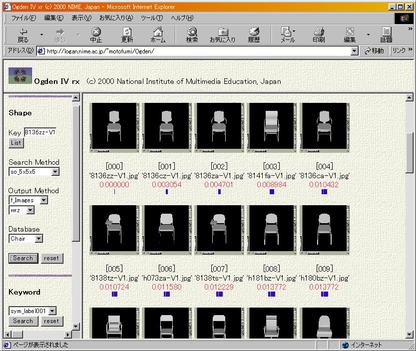
Figure 1. Web-based retrieval for 3D polygonal models
We can rotate, scale and translate 3D polygonal models by using a web-based interface.
3D polygonal models can be quickly retrieved based on similarity of shapes or on certain keywords.
We have developed a web-based search engine for 3D polygonal models. These days, the number of web sites using Web 3D technology is increasing. The development of our search engine can be useful for people who are building 3D e-learning environments, because 3D polygonal models can be quickly retrieved based on similarity of shapes or on certain keywords.
Web 3D, Retrieval, Multimedia, Database, Polygon, VRML, e-learning
Using the Internet as an education resource is one of the most important methods in higher education. To create effective e-learning software, 3D computer graphic techniques are essential. Some 3D based figures, graphs, and animations allow users to visualize class materials more attractively which users can more easily understand. To create 3D based e-learning applications, 3D polygonal models are needed. Our search engine helps users to find 3D polygonal models based on shape similarity or keywords.
The implemented web-based retrieval system performs the following computations:
The similarity evaluations were done by comparing the point cloud of each polygonal model. The normalized density of the point clouds was calculated as the feature vectors. The numbers of the feature vectors were then reduced by grouping techniques based on equivalence classes [1]. By using reduced feature vectors, fast similarity retrieval was accomplished. Our system allows users to view 3D polygonal models interactively. By using a web-based interface, we can rotate, scale and translate 3D polygonal models. Our 3D polygonal model databases include 1500 items. We have tested systems with five users. Our preliminary experiments show high recall and precision for similarity retrieval testing.

Figure 1. Web-based retrieval for 3D polygonal models
We can rotate, scale and translate 3D polygonal models by using a web-based interface.
3D polygonal models can be quickly retrieved based on similarity of shapes or on certain keywords.
The system allows users to collect 3D polygonal models effectively, thus 3D based software applications can be developed more easily. Our similarity retrieval method for 3D polygonal models can be used not only for the development of 3D e-learning applications, but also for many applications including e-commerce.